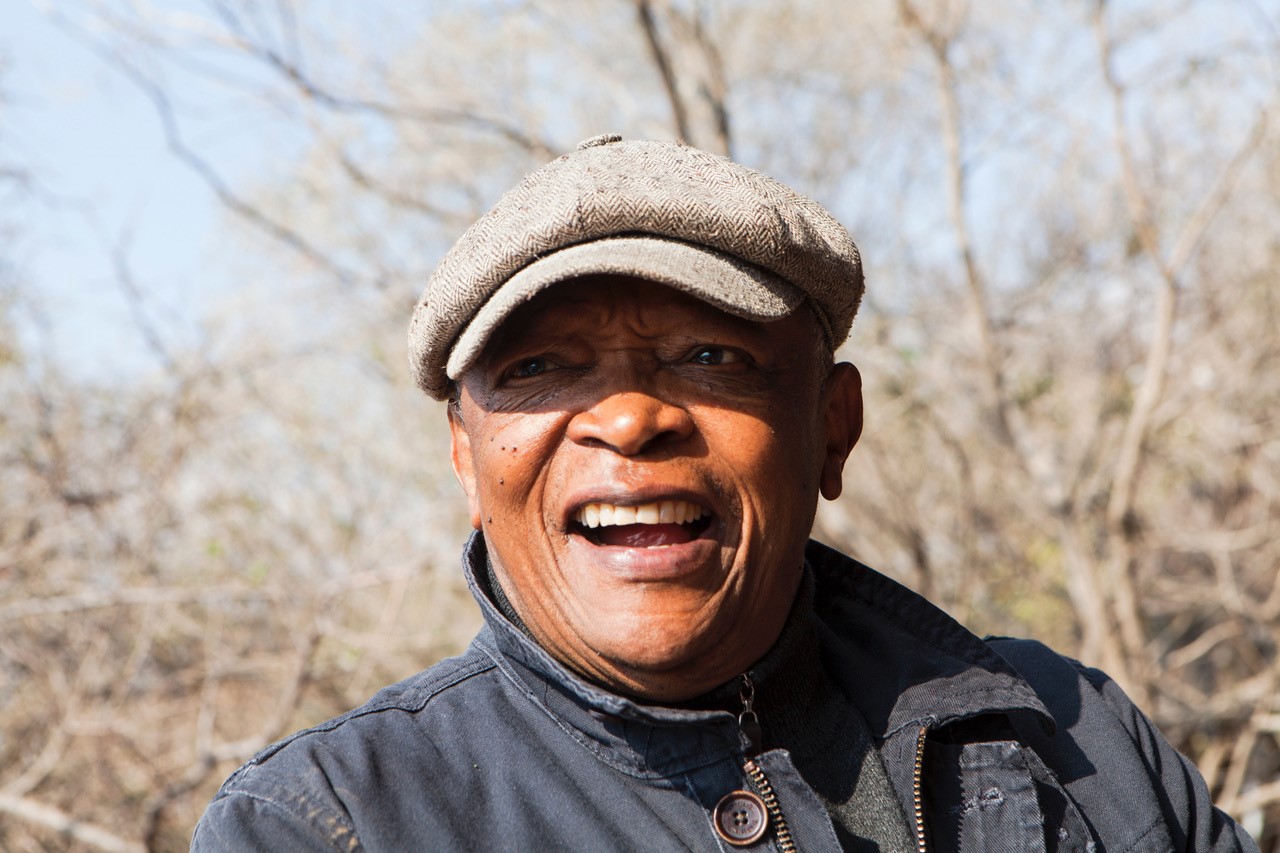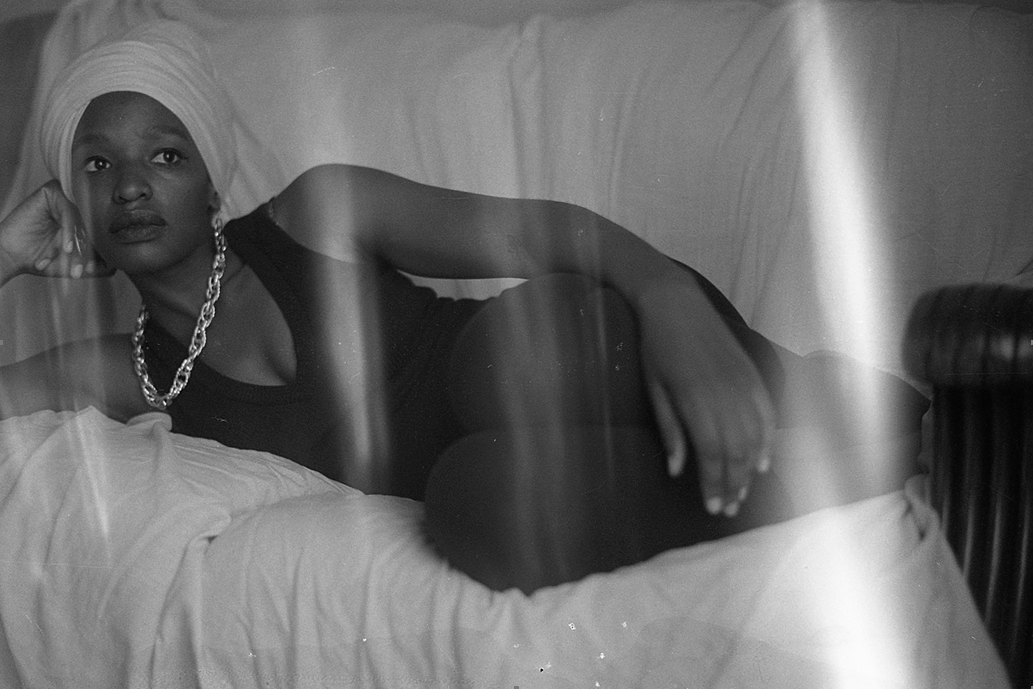In the third section of the Jewish canon, technically referred to as the Ketuvim, we find a book characterized by idiosyncrasy that has also raised questions regarding canonicity and authority, the book of Esther. The book relates tales of an eponymous protagonist driven by nationalistic interests. Within those tales emerges a figure that becomes the site of contestation by refusing to dance. The figure appears as an exorciser of self-consciousness of subalternity that is shaped by what subjugates it. Vashti, by refusing to dance, offers comradery. The refusal to dance by Vashti is an attempt to reimagine from within ways to remedy the subjection of subalternity by delinking from bare life to reconstruct it in qualified life.1
Vashti's refusal to dance in Esther 1:12 conjures a world that mirrors the first ontological instance that wiped away metaphysics in the middle passages, bondage, and the desire to be free. When we visualize the loophole of retreat, fugitive planning immediately glides into our fields of conception. We envision a world of riot that exists simultaneously with enslavement. A radical refusal that charges a bane at the symbolic order through radical withholding.2 Instructed to wear her "royal crown" and called in to exhibit and parade, Vashti's refusal is akin to "the challenge of calling an object into being without owning being owned by the call of identity or identification, recognition or acknowledgment."3 A desire to live beyond the ascribed standpoint, to refuse the mark. From the conceptual designer Harriet Jacobs, the loophole of the retreat, architecturally and spatially as a crawl space, became "an enclosure and a space for enacting practices of freedom—practices of thinking, planning, writing, and imagining new forms of freedom."4
A spatially limited enclosure and a scene of refusal in front of the King infer a paraontological life where different modes of existence are enacted, and radical attempts to explore other ways of living are projected rigorously. To be able to seek life and freedom in the face of possible death or banishment is the rejection of the absolute mark. To reject the mark is also to challenge the categories of distinction. The refusal to dance/ the art of the dancing woman brings into interrogation the question of the subject and its relatedness to the logistics of subjecthood. What brings the subject into being, and what is the organizing principle of subjecthood? The interruption and the audacity to refuse and outright deny those regulative powers that bring such subjecthood into being is the site of black abjection in the grammar of fugitive planning, the site of direct actions that enable further direct action.
Vashti's refusal to 'dance' or wear the 'royal crown' makes possession and subjecthood unavailable to one another. It inspires acts of resistance through the loophole of retreat by "disrupting and evading the economy of the gaze, not by opposition or protest, not by explaining anything, but by looking otherwise or the other way, by retreating within, by a radical withholding that makes visible and palpable all that is held in reserve."5 We notice here that this form of resistance and the scene of subjection within the symbolic order occur. Vashti withholds while simultaneously causing a rapture through the very same act. She creates a new world within the world she exists in; the refusal to dance becomes a condition of possibility to be able to exist in the hold.
The foundations of black feminist thought owe some of its critical consciousness to religiosity; Vashti should not be left out of insurgent intellectualism. The dancing woman is also a minor key in the chorus. Vashti represents deontology to delink from ritualistic practices of erasure, subjecthood, and objecthood. In the density of pages from the biblical canon, we find many other acts of engaging in radical withholding, Job's wife, Jezebel et al. Tracing such actions of inspired freedom from a religious text adds to the arsenal of religious black thought and the totality of the sociology of black life.6 To be able to merge the loophole of retreat with Vashti's refusal to dance is a delicate process of taking into cognizance multiple intellectual heritages that give rise to expressions of resistance. Both instances have had different treatments in the radical tradition, and Vashti has predominantly been theorized about within biblical studies, which is why I want to induct her into the black radical practice through the window that Harriet Jacobs has opened.
Perhaps we need to look for Vashti beyond the density of texts and canons; we need to concretize acts of rebellion lest they become abstract theories. With the advent of the struggle for sovereignty, acts in the tenets of history recreate radical reimagination through acts of open rebellion.7 Together with Vashti, they form this retreat loophole representing the everyday experience. Radical refusal and radical withholding have come to characterize these acts through counter-narratives in the archive. These instances become love letters for those who have been credited with nothing for their involvement in history, and this is why with the number of contour narratives we have in the canon, Vashti becomes the minor figure that is illuminated. The book of Esther is an existence of otherwise, it has consistently refused conformity. For those who have remained unthought, acts of radical withholding and refusal offer a grammar that can capture their experiments with freedom where no one conceived them as visionaries and revolutionaries. The wild idea that underlines acts of rebellion is refusing to belong to anyone but yourself. I call it absurd because how dare we? Right. Because ours is an ontology appropriated for violence, our blackness bastardized, our appearances overdetermined, yet the landlords of humanity forgot that blackness could undo the makeup of the world since ours is a paraontological life, it is ante and anti-foundational.8
This means that even within a crawl space, we can transpose, break open, and create other modes of living by refusing to dance through the loophole of retreat. Vashti's refusal speaks to all those who long for autonomy, those who resemble her even though they might not look like her, and those who have no kin, no familiarity because anonymity enables them to stand in for all the others. We press against the limits of freedom; we are not anarchists; we are lovers, love this life, and want to live it free. We do not flirt with utopia and wish to realize promises now, which is why we refuse to die.9
We note that in the loophole of retreat, a critical interruption that upsets business as usual, as Saidiya Hartman says, we can no longer turn our backs, to carry on like the world is the same; this is the radical thought that fuels the ordinary lives of black people. This critical interruption is animated through essays, representation, and theoretical arguments, refusing to normalize the brutality of the regime, which then inspires art forms of healing and acts of open rebellion in ordinary lives. Through Fanonian practices of Abahlali baseMjondolo, through the Wayward Lives and beautiful experiments of colored girls, The Zarathustra we did not know we needed, practices that warrant our raison d'etre, sailing to Christopher Cross. At the same time, Fela Kuti modelling examples of the absurdity of death, Biko disputing philosophical stunts of ideological amoebas, Lagbaja as the invisible man, Hartman with her specter of the Atlantic, Sobukwe fashioning his tree that we would make tables out of Morrison taking us to the outdoors, Moten teaching us fugitive planning. Meditating from the gutter with Molaodi with the register of Sithole, Mdingi chants, "I cannot decolonize what I gave to the world," Mokoena saying together with Nietzsche, "God is dead," but he died in Europe on the lynching tree of Cone and not here. A culmination in a chorus, chanting refusing the symbolic order and representation, dramatic, undoing, rapturing, and ensuing.
We refuse to dance with Vashti through multiple forms; we create alternative modes of existence by fashioning our grammar; we encounter the loophole of retreat in the crawl space.
References
1Agamben, Homo Sacer: Sovereing Power and Bare Life.
2Saidiya, Extended Notes.
3Stephene Best, None Like Us: Blackness, Belonging, aesthetic Life.
4Rashida Bumbray, Loophole of Retreat.
5Saidiya, Extended Notes
6Mokoena, ‘The practices of radical refusal’
7Saidiya, Wayward lives.
8Moten, Myscticism in the Flesh.
9Saidiya Wayward Lives.
10Saidiya Extended Notes.



















